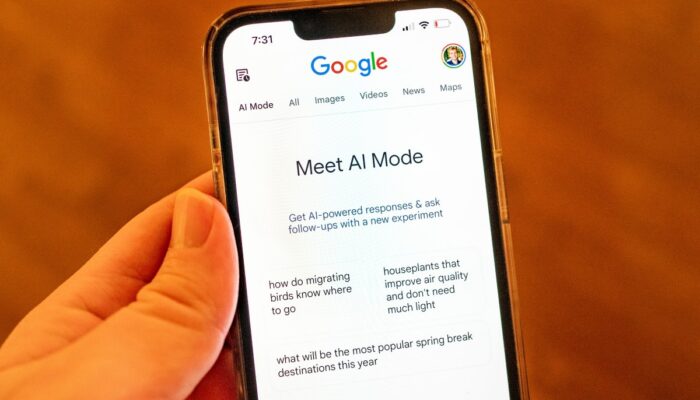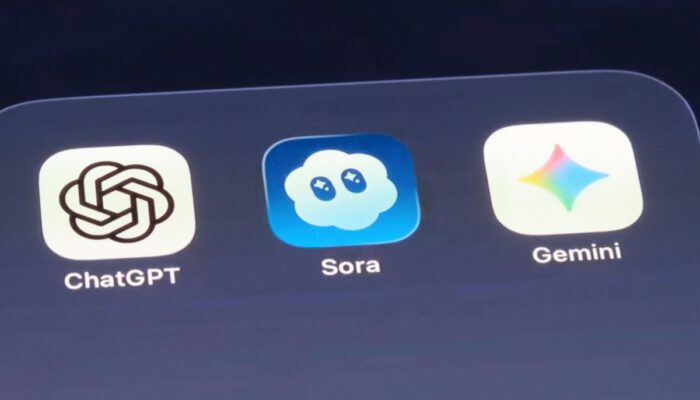Hisense’s U7 series mini LED TVs have long provided excellent midrange value, and this year’s U75QG takes another step forward in performance. It’s much brighter, offers better contrast, and comes loaded with enough features to put some flagship TVs to shame, including outpacing Hisense’s own step-up U8QG for connectivity.
Not to be outdone, the U8 series has also gotten brighter, now reaching almost blinding levels in some scenarios, but the U7 has all the firepower most folks will need. We’re talking two or three times the peak brightness of anything you can stream, and enough potency to properly dazzle in showcase Blu-rays, which should please even TV enthusiasts.
Enthusiasts won’t be as pleased with the TV’s off-axis performance, and its picture processing still can’t match pricier models. I also ran into some odd streaming quirks with Disney+, though Hisense says a fix is coming. That’s one of the few points that gave me pause in recommending the U75QG to everyday users, which otherwise serves up serious value in a very competitive field.
Snappy Setup

Photograph: Ryan Waniata
Getting the U75QG on its feet reminded me just how light this series is, with the 65-inch model I tested weighing just 49 pounds all in. That’s all the more surprising given the additional neutron blast behind the glass this year. As with last year’s U7N, it’s remarkably easy to attach the feet and slide on the plastic topper for a pseudo-pedestal stand. It’s not the sturdiest base, and its 12-inch depth leaves little room for a soundbar, but it looks pretty classy.
Setting up the software is similarly simple thanks to Google TV, one of my favorite smart interfaces. The new(ish) Google TV app works much like the previous Google Home app, letting you select apps and settings in minutes. The hardest part is navigating terms and conditions (both Google’s and Hisense’s) to minimize sharing personal data. Privacy aside, I love the ability to add Google Photos as screen savers, giving a personal touch to your center screen, and Google can even enter some of your app passwords for you.

Photograph: Ryan Waniata
Locking in a good picture is fairly straightforward with the cinema modes. I prefer Filmmaker for both HDR and SDR video, bumping down the contrast a few points on the latter. Theater Night is also solid if you want more punch—just be aware that it adds some heavy motion smoothing. HDR10+ video looked best in HDR Theater, while Dolby Vision Dark was my go-to for Dolby’s HDR format. If DV Dark looks too dim, Dolby Vision IQ is your best alternative, though it, too, adds motion smoothing and tends to overbrighten liberally.
If you don’t want the backlight to dim or brighten with your environment, you’ll want to turn off or adjust the light sensor in Intelligent Settings. If you do so, I suggest turning down the Peak Brightness setting in your preferred picture mode for SDR at the very least, or you’ll risk getting blasted with brightness, especially in darker rooms.
Google TV provided a relatively smooth experience for my two weeks of testing, with some notable exceptions. I had a few buffering issues with YouTube TV over Wi-Fi, but more troubling, Disney Plus performed poorly even over Ethernet, leaving some videos struggling to reach full resolution while others, like The Mandalorian, had distracting motion freezes. Hisense engineers confirmed the Disney app issue after I reached out and said a fix would be available in November. That’s great, but also frustrating since this TV has been out since … March. Otherwise, Google TV performed fine, but my Apple TV was smoother (and generally looked better).
Luxe Features

Photograph: Ryan Waniata
The U75QG is loaded with features, starting with best-in-class connectivity. I was delighted to find four HDMI 2.1 ports with support for features like VRR (Variable Refresh Rate) at up to 165 Hz. That’s one more than you’ll get in the pricier U8QG, which oddly provides just three HDMI ports total.
Gaming is a big theme for the U7 again this year, offering a sweet selection of picture modes, a dedicated gaming bar, and low input lag. I’m no competitive gamer, but I love how crisp, luminous, and colorful the TV renders my current gaming obsession, Ghosts of Tsushima. The swirling leaves, rushing streams, and epic vistas all looked gorgeous, and response was smooth and fluid, making for a real treat as I prep for the sequel.
The U75QG boasts plenty more extras, from its loaded (if large) backlit remote, to support for all major HDR and audio formats. You’ll get ATSC 3.0 for NextGen broadcast content from TV antennas, something many premium TVs have been dropping lately, and streaming over Google Cast or Apple AirPlay. Even the audio system stepped up, though I’d still recommend a good soundbar or pair of bookshelf speakers.
Dazzling Digs

Photograph: Ryan Waniata
If there’s one thing my recent paternity leave afforded me, it was a lot of downtime with my Samsung QN90C, which holds court in my living room when I’m not reviewing a TV. Swapping in the latest U7 was a stark reminder of just how far TV backlighting has come in a few years. This lower-tier model is brighter, offers richer black levels, and while it still can’t match the near-perfect contrast of OLEDs like the LG C1 in my bedroom, the dimming control is very good.
Moving to the U7 also recalled one of the biggest drawbacks of midrangers: mediocre picture processing. Hisense has improved in this area, but the U7 can’t match more premium models when it comes to clarity and detail, especially when upscaling low-quality HD streaming content, which can look rough around the edges. The U7 still looks very good for most 4K HDR content, and HD Blu-rays from my Panasonic DP-UB9000 look stunning, but if you want the crispest, most realistic picture across the board, you’ll likely need to spend up.
The TV’s midrange status comes through in a few other ways, including some occasionally jerky motion with Motion Enhancement off, a mildly reflective screen in bright rooms (especially compared to Samsung’s new matte screen tech), and colors that drain quickly from the side. The latter is something you’ll see in nearly all backlit TVs (read non-OLED), but it’s worth noting.
Otherwise, this TV feels strikingly close to a premium experience, especially with that fiery backlighting. Maybe I’ve just gotten used to the new era of TV brightness, but the U75QG’s peak brightness of well over 2,000 nits (Hisense claims up to 3,000) against its rich black levels was a lot of fun. Mad Max: Fury Road on 4K HDR Blu-ray was joyously bombastic, especially the lightning-glazed sand storm race.

Photograph: Ryan Waniata
You really don’t need much more brightness than this for the current video pipeline, which may be why the much peppier U8QG felt like overkill to me. The U8 still looks better in sunlit rooms, especially with direct reflections, but for most people, the U7 has enough punch for the foreseeable future. Even SDR content like the dragon’s fiery attack in Harry Potter and the Deathly Hallows seems to pop off the screen, looking more like HDR.
That’s matched by vibrant quantum dot colors in action films like Guardians of the Galaxy Vol 2, animated favorites like Encanto, and nature docs like Our Planet. Occasionally, skin tones and other colors can look a little muted in the chilled-out Dolby Vision Dark mode, but swapping to DV IQ pushes them to eye-popping levels.
The U75QG’s screen uniformity is another improvement over its predecessor, evident in both demo tests and real-world viewing. I saw some dimming in the corners (AKA vignetting) and a few minor backlight columns in some content, but the TV was mostly free of noticeable screen aberrations, even in tough images like grass in live sports or sunbathed skylines.
It’s an impressively loaded package that makes the latest U7 among the best value propositions I’ve tested this year. The streaming issues were an annoying quirk that I’m hoping Hisense resolves quickly. Otherwise, if you’re looking for a bright and beautiful TV for well under $1,000 on sale (or under $700 for the 55-incher), this is a prime choice in the new order.




